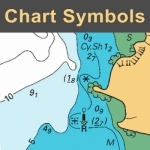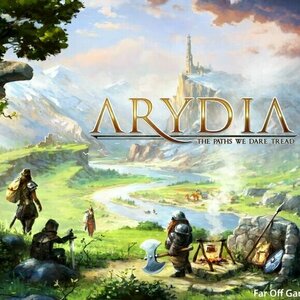
Combo Crew
Games and Entertainment
App
In a world where a fist to the face is a perfectly viable solution, Mr. Boss has it all. Now he...

Sword of Shadows
Games
App
In the latest version of Sword of Shadows, Siege Warfare, players can participate in the most...

Battleship:Last pacific empire
Games
App
Looking for action War Game? We got it all right here in World of Battleships:War of Pacific Rim! ...

Taichi Panda: Heroes
Games
App
The earth-shaking roar of the Lion Lord heralds a new chapter in the legend of Nozwot. The King of...
Phillip McSween (751 KP) rated Barbarella (1968) in Movies
Aug 10, 2020
Acting: 2
Good cast, none of whom are swinging for the fences in Barbarella. Honestly, I can compare the acting chops in this movie to the likes of a softcore porn. Science fiction or not, there is absolutely nothing believable about this movie in the slightest. The acting made the rest of the movie hard to watch.
Beginning: 10
Characters: 10
Despite the terrible acting, I didn’t hate the characters, namely the woman of the hour Barbarella (Jane Fonda). She’s quirky and I loved all of her inuendo references to sex. The movie is very sex-oriented and it succeeds, albeit minutely, in Barbarella’s experience and everyone else’s lack thereof. If they had given the movie more of a solid story, the characters would have had a fighting chance at being a part of a solid movie.
Cinematography/Visuals: 10
Not terrible in the way of sci-fi. They tried a number of cool things that really are fairly impressive for a 1968 movie. From the weapons to the numerous space settings, I wasn’t disappointed by what was showing up on screen.
Conflict: 6
I think Barbarella cared more about being trippy than having a true conflict to drive the story. There are points where I cared about the outcome, but it seems more often than not that the movie is satisfied with being light-hearted and slowly paced. There was not enough going on for me to overly care.
Entertainment Value: 9
Memorability: 6
There are a handful of moments that stand out, but there isn’t a lot of replay value here. Even as I rewatch it as we speak, there are some spots that I forgot even happened. Definitely not a movie I need to see twice.
Pace: 5
Plot: 1
Never a good sign when I have to look the story up on Rotten Tomatoes. It was honestly that forgettable. I think the 800 screenwriters on this movie cared more about being funny than they did writing a good movie. Not impressed.
Resolution: 2
Overall: 61
I wanted to like Barbarella, but they gave me nothing to work with unfortunately. I wouldn’t even advise the Amazon Prime users (where the movie is available) to give it a shot. Steer clear.

NAUTICAL CHART SYMBOLS & ABBREVIATIONS
Navigation and Reference
App
SYMBOLS USED ON NAUTICAL CHARTS SPECIFIED BY THE INTERNATIONAL HYDROGRAPHIC ORGANIZATION (IHO), PLUS...

WWE Tap Mania
Games
App
Unleash your ultimate team of Superstars in WWE’s new, fast-paced game, WWE Tap Mania! In WWE Tap...

F18 Carrier Landing Lite
Games and Entertainment
App
The most advanced Flight Simulator and Aircraft Carrier Landing System ever created. Landing on an...

Real City Russian Car Driver 3D
Games and Lifestyle
App
Real City Russian Car Driver 3D is the best simulator of criminal life in the typical Russian city. ...

Arydia: The Paths We Dare Tread
Tabletop Game
A Green Legacy Game, Arydia is an open world, campaign based, cooperative fantasy role playing board...
